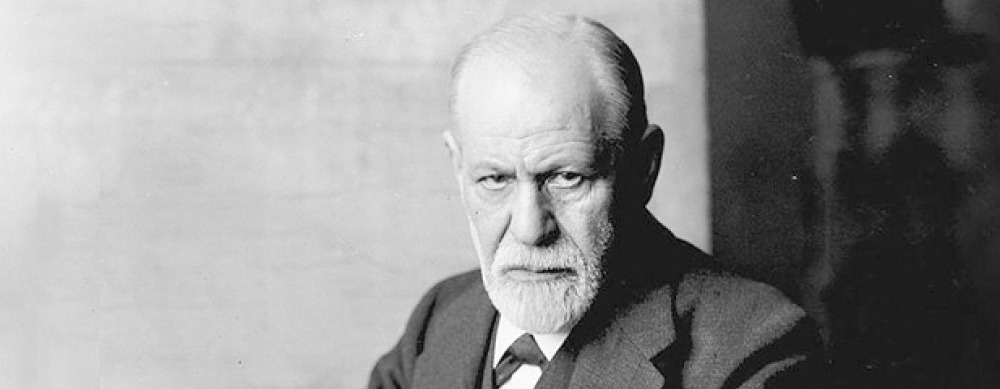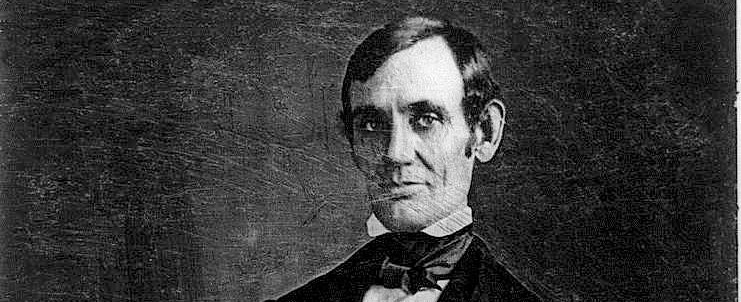A campus legend collected by American folklorist Simon J. Bronner:
One weekend this past winter, four college students went away for a weekend while midterms were going on. However, it was not until late Sunday night that the students realized that they all had a Philosophy exam the next morning at 8 AM. This proved to be most unfortunate as none had even cracked a book for the course, and even if they had studied they would never be able to make it back to school in time for the exam. So, one of the students called their professor and told him that they had gotten a very bad flat tire, where the rim was bent. The mechanic said that he would not be able to repair it until Monday afternoon. Well, the professor was very understanding and told them to take their time getting back and to call him when they were on campus again. Well, the students thought this was great. They came leisurely back on campus Monday afternoon and called the professor. He said they could take the exam the next morning in the auditorium. Come the next morning, all four students arrived in the auditorium and were seated in each of the four corners of the room. The professor then proceeded to give the following instructions: ‘I know that you have all had a chance to talk with the other students in this class in order to find out what was on the exam. Well, fear not, because this is a very different exam. In fact, you will be very happy to know that there is only one very simple question on this exam. Are you ready to begin?’ All of the students nod. ‘Okay, you will have ninety minutes. The question is: Which tire?’
(From his Campus Traditions, 2012.)




